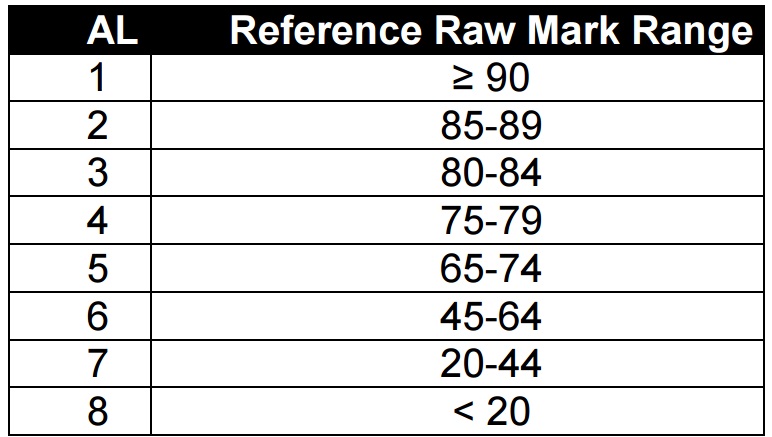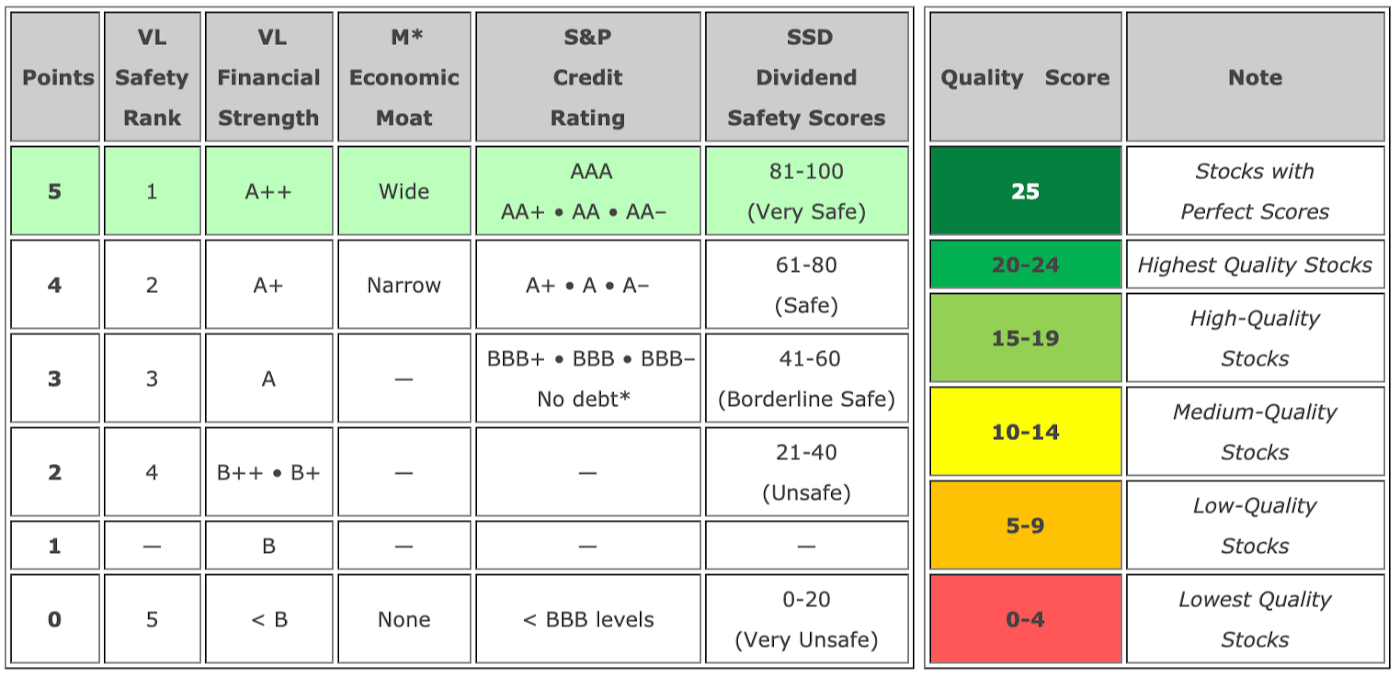

The development of a preendoscopy stratification system in an ED setting is particularly useful. It is a challenge for the emergency physician to identify patients at highest risk for rebleeding or even mortality. Improved with modern techniques for controlling variceal hemorrhage, mortality rates remain high. 1 These authors contributed to this article equally. Department of Emergency Medicine, Chang Gung Memorial Hospital and Chang Gung University College of Medicine, Gueishan Shiang, Taoyuan, Taiwan. A previous report demonstrated a mortality rate of 30% in these patients, and only one-third survived for 1 year. Persistent or repeated bleeding with failure to respond to treatment results in mortality and morbidity. The initial treatment of unstable UGIB in the emergency department (ED) includes resuscitation with crystalloid and blood transfusion, intravenous vasopressin, and prompt specialist consultation. Background Acute upper gastrointestinal bleeding (UGIB) is the most common lethal complication in cirrhotic patients. Conclusion: Model for end-stage liver disease score performed better in terms of predicting mortality of unstable UGIB in cirrhotic patients compared with Glasgow-Blatchford and preendoscopic Rockall scores in the ED. 001) compared with other scoring systems (Glasgow-Blatchford score: AUC, 0.527 95% CI, 0.393-0.661 P =. Model for end-stage liver disease score performed better with an area under the curve (AUC) of 0.736 (95% confidence interval, 0.629-0.842 P =. The endoscopic diagnosis of variceal bleeding accounted for 86.6% of the events. The median heart rate and systolic blood pressure were 111.0 beats/min and 94.0 mm Hg, respectively. Results: Among enrolled visits, the initial median hemoglobin level was 8.6 (interquartile range, 7.2-10.1) mg/dL in the ED.

#Pokerth scoring system code
Data were retrieved from the admission list of the ED critical zone using international classification of disease code via computer registration. Patients who were transferred from another hospital, received no emergency endoscopy study, or had incomplete medical records were excluded. Adult cirrhotic patients who presented with acute UGIB and unstable vital signs (heart rate N100 beats/min or systolic blood pressure b100 mm Hg) between January 2009 and February 2011 were included. Methods: This was a retrospective cohort study conducted at a university-affiliated teaching hospital.

American Journal of Emergency Medicine 32 (2014) 417–420Ĭontents lists available at ScienceDirectĪmerican Journal of Emergency Medicine journal homepage: Original ContributionĬomparison of 3 scoring systems to predict mortality from unstable upper gastrointestinal bleeding in cirrhotic patients Shou-Chien Hsu, MD 1, Chih-Yu Chen, MD 1, Yi-Ming Weng, MD ⁎, Shou-Yen Chen, MD, Chi-Chun Lin, MD, Jih-Chang Chen, MD Department of Emergency Medicine, Chang Gung Memorial Hospital and Chang Gung University College of Medicine, Linko, TaiwanĪrticle history: Received 8 December 2013 Received in revised form 9 January 2014 Accepted 11 January 2014Ī b s t r a c t Objective: We aimed to compare the performance of Glasgow-Blatchford, preendoscopic Rockall, and model for end-stage liver disease (MELD) scores in cirrhotic patients with unstable upper gastrointestinal bleeding (UGIB) in the emergency department (ED).


 0 kommentar(er)
0 kommentar(er)
